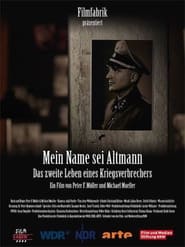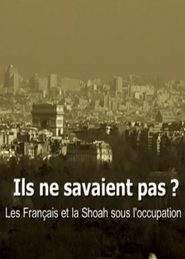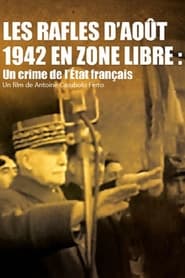detail profile serge klarsfeld
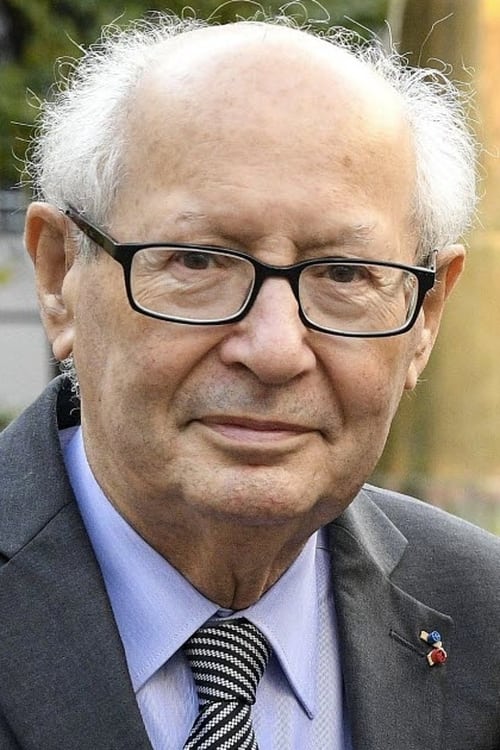
Riwayat Hidup
Serge Klarsfeld (born 17 September 1935) is a Romanian-born French activist and Nazi hunter known for documenting the Holocaust in order to establish the record and to enable the prosecution of war criminals.
Since the 1960s, he has made notable efforts to commemorate the Jewish victims of German-occupied France and has been a supporter of Israel.
Serge Klarsfeld was born in Bucharest into a family of Romanian Jews that migrated to France before the Second World War began.
In 1943, his father was arrested by the SS in Nice during a roundup ordered by Alois Brunner.
Deported to the Auschwitz concentration camp, Klarsfeld's father died there.
The young Serge was cared for in a home for Jewish children operated by the Œuvre de secours aux enfants, a French Jewish humanitarian organisation.
His mother and sister also survived the war in Vichy France and were helped by the underground French Resistance beginning in late 1943.
He helped found and has led the Sons and Daughters of Jewish Deportees from France (Association des fils et filles des déportés juifs de France) or FFDJF.
It is one of the groups that has documented cases and located former German and French officials for prosecution such as Klaus Barbie, René Bousquet, Jean Leguay, Maurice Papon and Paul Touvier, who had been implicated in the deaths of hundreds of thousands of French and foreign Jews during the Second World War.
The Klarsfelds were among organised groups who filed cases decades after the war, sometimes as late as the 1990s, against such officials for crimes against humanity.
In the years before 1989 and the break-up of the Soviet Union, the Klarsfelds (Serge Klarsfeld and his wife Beate) frequently protested against the Eastern Bloc's support for the PLO and anti-Zionism.
Recognition for their work has included France's Legion of Honour in 1984.
In 1986, their story was adapted as an American television film starring Tom Conti, Farrah Fawcett and Geraldine Page.
In 2008, a French television movie was made about them.
On 1 January 2014, the Klarsfelds' Legion of Honour ranks were upgraded: Serge became Grand officier.
On 26 October 2015, the UNESCO designated the Klarsfelds as "Honorary Ambassadors and Special Envoys for Education about the Holocaust and the Prevention of Genocide".
Serge married Beate Künzel in 1963 and settled in Paris.
Their son, Arno Klarsfeld (born 1965), became a human rights attorney and worked for Nicolas Sarkozy while he was minister of the interior.
In 2012 the archivist of the Stasi revealed that Beate Klarsfeld's attack on German Chancellor Kurt Georg Kiesinger by publicly slapping him on 7 November 1968 was carried out in agreement with and the support of the government of East Germany, which was conducting a campaign against West German politicians (see Braunbuch).
Beate Klarsfeld was paid 2,000 DM by the Stasi for her actions.
Both Serge and Beate Klarsfeld were revealed to have been regular Stasi contacts.
According to the State Commissioner for the Stasi Archives of Saxony, they cooperated with the Stasi in the 1960s in blackmailing West German politicians for Second World War activities.
.
.
.
Source: Article "Serge Klarsfeld" from Wikipedia in English, licensed under CC-BY-SA 3.
0.
Info Pribadi
Peran Yang Di Mainkan Serge Klarsfeld
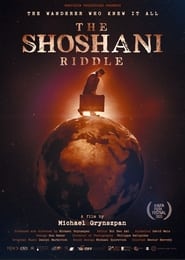 No one knows his real name...
No one knows his real name...The Shoshani Riddle 2023
No one knows his real name; he is only known as Mr. Shoshani. He was an eternal nomad, a mad genius, who attracted disciples such as Nobel Prize winner Eli Weisel and renowned philosopher Emmanuel Levinas. Mr. Shoshani is one of the unsolved riddles of the 20th century, he is among the 10 most mysterious people of all time.
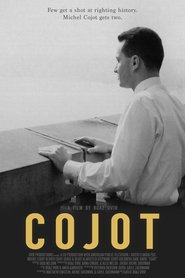 Tells the virtually unknown story of...
Tells the virtually unknown story of...Cojot: A Second Chance Comes Only Once 2018
Tells the virtually unknown story of a Parisian banker who risks his life, career, and marriage to hunt down Gestapo commander Klaus Barbie; and only a few months later, plays a pivotal role in one of history's most daring hostage rescue operations. Cojot’s journey started during World War II in Nazi-occupied France; hit a fork on the road in 1975 in Bolivia, when he faced his bitter past; reached a climax in Entebbe, Africa, a few months later, when he played a key role in one of the 20th century's most daring hostage rescue operations; and concluded back in France in the 1980s, when he again confronted Barbie — this time, in court. Caught up in history's crosshairs, Cojot embodies the modern era’s vital dilemmas: how to lead a purposeful life and reconcile Western ideals of liberty, equality and justice with the bitter memories of WWII and the rise of global terrorism.
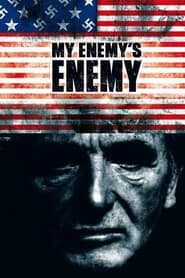 Reveals an alternate history of the...
Reveals an alternate history of the...My Enemy's Enemy 2007
Reveals an alternate history of the post-war world. This is a version of history where, in contrast to what we are all told, fascist ideology prevailed. The story of Klaus Barbie, Nazi torturer, American spy, tool of repressive right-wing regimes, is symbolic of the real relationship that the "Western" governments had with fascism and makes us see the world as it is today - and the politicians that inhabit it - in a different way.
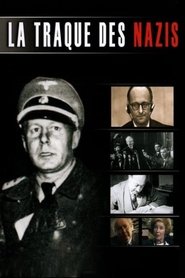 For the first time a film...
For the first time a film...Hunting Down the Nazis 2007
For the first time, a film recounts the story of the long pursuit of Nazis in hiding from 1945 to the present day. Sixty years of investigations, set-backs trials and dramas, brought about principally by three extraordinary individuals—the Austrian Simon Wiesenthal, and the German-French couple, Beate and Serge Klarsfeld.
 Marcel Ophuls riveting film details the...
Marcel Ophuls riveting film details the...Hôtel Terminus: The Life and Times of Klaus Barbie 1988
Marcel Ophuls' riveting film details the heinous legacy of the Gestapo head dubbed "The Butcher of Lyon." Responsible for over 4,000 deaths in occupied France during World War II, Barbie would escape—with U.S. help—to South America in 1951, where he lived until a global manhunt led to his 1983 arrest and subsequent trial.
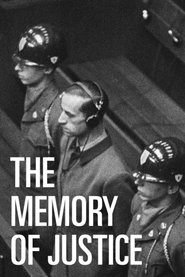 This exceptional disturbing and thoughtprovoking twopart...
This exceptional disturbing and thoughtprovoking twopart...The Memory of Justice 1976
This exceptional, disturbing, and thought-provoking two-part documentary compares the atrocities committed by the Nazis as revealed during the Nuremberg trials to those committed by the French in Algeria and those done by the Americans in Vietnam. The four-hour epic questions the right of any country to pass self-righteous moral judgements upon the actions of another country.
